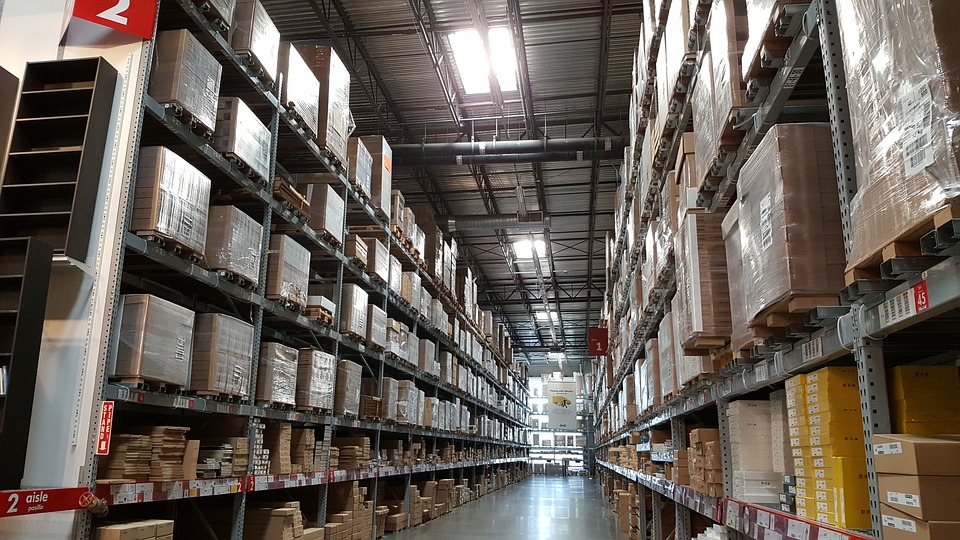Dropshipping is an ideal business model for new online shop owners operating in the e-commerce industry. In recent years, with the rise of dropshipping companies, the search interest points in dropshipping have jumped to 89.
Dropshipping Business
According to Forrester, online sales will represent 17% of all US retail sales by 2022, which is up from an anticipated 12.7% in 2017. US online sales are expected to grow 13% year-over-year (YoY) in 2017.
To start a dropshipping business, you should set up your own ecommerce shop and reach out to suppliers who’ll take your orders and ship them to your customers.
Dropship merchants are considered high risk as they’re at a higher risk of incurring fraudulent activity. To open a merchant account for drop shipping, you should find a reputable credit card processor like emerchantbroker.com to apply to. EMB is the #1 high risk payment processor and a reputable business funding provider in the US.
Dropshipping Tips for Merchants
Here are 11 dropshipping tips you should know before you start your dropshipping business:
- Focus on Your Niche
Narrow your focus and decide what products to sell. This is the key to your success. Take into account your passions and industry trends. Analyze and evaluate the demand, competition, and market.
- Study Your Competitors
Learn from your competition. Look for fresh ideas, your competitors’ advertising efforts, or their social media messaging. This is important for future product ideas, positioning, branding, pricing, as well as understanding your potential audience.
- Work with the Right Supplier
Choose trustworthy and quality suppliers. Check all the details of suppliers. What products do they sell? What reviews do they have? Compare their product prices, and guarantees. See whether they offer epacket services.
- Build Your Website
Pay attention to your home page. Make sure your website is correctly optimized for the user and SEO. Include good and error-free product descriptions, quality product photos, clear shipping and returns policies. Add trust badges to your site and/or checkout to improve the impression of your brand and build the trust.
- Focus on Generating Traffic
Be an excellent marketer and a master at using advertising. Don’t forget about offers and promotions. Use:
- Google AdWords
- Google PLA (Product Listing Ads)
- Facebook Ads
- Retargeting
- Email offers to past customers
- Niche blogs
- Register Your Business
Form and register your business with the proper government agencies. Dropshiping isn’t associated with only income taxes but also sales tax and sales tax exemption issues that must be addressed. Most suppliers will require an EIN (Employer Identification Number) and Sales Tax Exemption Permit.
- Secure a Dropship Agreement with Suppliers
Reach out to all the suppliers on the list you’ve compiled from your competitors. Call and email them. Launch dates and firm timelines. Decide on paying upfront or paying on terms.
- Take into Account the Numbers
Look at the following calculations:
- Sales Revenue – Cost of Goods = Gross Profit
- (Gross Profit – Expenses) / Revenue = Profit Margin
- Offer Great Customer Service
Make customers feel valued, respected and important. They should see you’re responsible and don’t ignore their wants and needs. They should feel that customer satisfaction is your #1 priority.
- Decide on How You’ll Handle Returns
Receiving returns yourself will allow you to offer better customer service. The negative sides include the logistics of receiving, storing and then reselling returned items.
- Automate
Automate your dropshipping business as much as you can. Use AdWords automation, inventory management automation, and social media automation.
Now, you know how to start a dropshipping business. It’s time to get selling!


